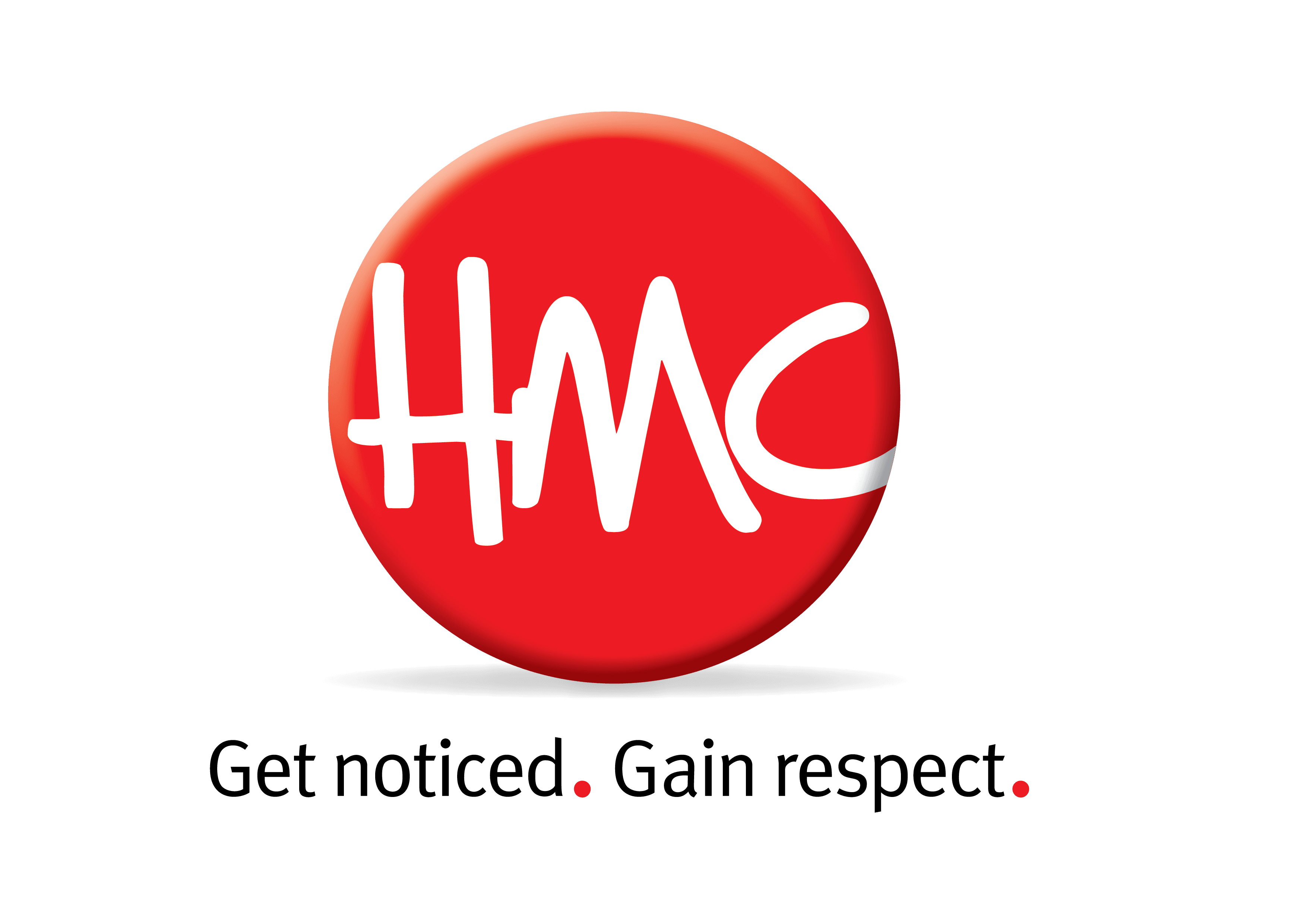As a leader, much is expected of you. But a key expectation some leaders don’t always get right is their “visibility.”
Leaders are expected to be present with staff, demonstrate values through action, express opinion publicly on topics that matter, and be consistent in all they do and say.
But getting your visibility just right requires a careful balancing act.
Choosing too much of a low-key approach risks putting doubt in people’s minds about your leadership abilities if they rarely see or hear from you.
However, choosing an “everywhere all at once and loudly approach” risks making people cringe while your words and actions become disregarded.
To get the balance right, here are five (5) rules leaders can follow to gain visibility without appearing vain.
1) Pick three priority messages and stick to them
As a leader, one important role is keeping your team headed in the right direction that is aligned to your business strategy.
People can easily become confused and slip off-track if they are uncertain about where you’re going and how you’re going to get there.
So, when you’re communicating, choose three themes or priority messages. These may change periodically based on what is important to the business at the time.
And once you’ve landed on your key points, stick to them and repeat them so everything you do and say flows from them. Repeat these messages in speeches, around the board table, in your LinkedIn posts, in media stories or in a podcast interview.
2) Choose your channels and build a simple communication cadence
Visibility dies when it’s ad hoc. If you’re not planned and somewhat prescriptive, you risk lifting your profile when you’re motivated, only to lose momentum when you become too busy to keep up routines.
That’s why it’s important to choose your highest priority channels that allow you to reach your various target audiences – think staff, customers, community. Then, once you’ve whittled the list down, determine a communications rhythm that you can follow long-term.
Here’s a channel cadence that can work for most leaders:
LinkedIn: post 2-3 times per month, mixing up the format to include some video.
Internal email or e-newsletter: share something with your staff once a month.
Staff face-to-face: for small organisations, address your team with company updates every two months. For larger organisations, this might be 2-4 times a year.
Earned moments: comment to media, join a podcast or put out a media release every two months. Find ways to become a leading voice in your industry.
Public speaking opportunities: get in front of your external audiences 1-2 times a year at places like conferences or community events.
3) Use proof points, not platitudes
It doesn’t matter if you’re communicating with your staff, customers or a journalist – all will ask the same question: why should I care about this?
Get your audience to sit up and take notice while appreciating the importance of your messages by:
Offering up interesting, authoritative data that proves your point
Discussing an interesting, emerging customer pattern
Outlining a decision you’ve made and what it means for your staff, customers, business, industry
Showing a clear trend reversal – what’s changed and what’s the impact?
Proof builds credibility. So, replace vague claims with specifics.
4) Stop writing theses, start communicating with soundbites
Steve Jobs has been quoted as saying: “Simple can be harder than complex. You have to work hard to get your thinking clean to make it simple.”
In our TikTok and YouTube world, people’s attention spans are extremely short. No one wants to read long emails when a bullet-pointed list of key messages will do.
The challenge is that creating concise communication takes a lot more time to get it right.
In addition to thinking about your soundbites, also think about the visual tools that can support them. Using a visual medium to present your message will help it become stickier. Use video, infographics, illustration, graphs and charts when you can.
Audiences squirm when leaders ramble. Take the time to focus on clarity, not an exhaustive diatribe of detail.
5) Prioritise your staff first over all others
Whether you’re a company of 10 staff or 1000, your team are the people that have the power to achieve organisational goals and make a difference. They also have the power to be your biggest champions. When you become recognised as a great employer with passionate staff who enjoy their work, the good word-of-mouth your staff spreads will boost your reputation in many circles.
So, always prioritise your staff over all other audiences. Make them feel special, ensure they hear about important company news first, recognise their achievements with more than words, make time for 1:1s, invest in their continuous learning, celebrate success and pay them what they’re worth.
In conclusion, as a leader you need a strategy for gaining visibility while maintaining balance and authenticity. Choose a few clear messages, show up on a steady cadence, prove your points with evidence, keep it simple, and put your people first. Do that, and your presence will speak for your leadership without ever tipping into vanity.

